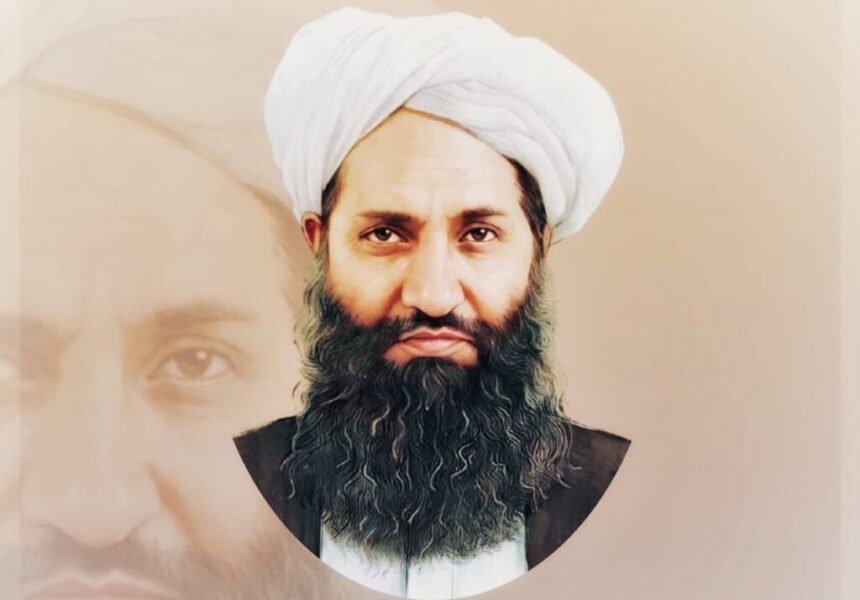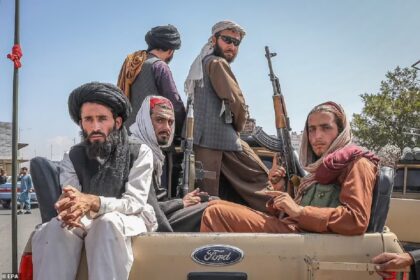RASC News Agency: In a move as unprecedented as it is enigmatic, Hibatullah Akhundzada the reclusive and virtually mythical supreme leader of the Taliban has reportedly emerged from his long-standing seclusion in Kandahar to make a rare and unannounced visit to Kabul. The unexpected appearance, devoid of photographic or video confirmation, has triggered a wave of speculation among political observers who view it as a symptom of mounting internal tensions and factional discord at the heart of the Taliban regime. According to Taliban deputy spokesperson Hamdullah Fitrat, Akhundzada arrived in the capital on Friday, 12th of Hamal, to attend a closed-door meeting with senior Taliban officials, including the governor of Kabul, intelligence heads, judicial authorities, district mayors, and commanders of security zones. The gathering deliberately shielded from public view underscores the group’s continued reliance on secrecy and authoritarian control rather than transparency or accountability.
Behind these heavily guarded doors, Akhundzada reportedly reiterated the regime’s uncompromising allegiance to its narrow interpretation of Sharia, warning Taliban members against hesitation or leniency in carrying out their “duties.” “For years, the Islamic system, jihad, and Sharia remained confined to books,” he declared, “but today, the governance of this nation lies in the hands of the ulema, the Taliban, and the righteous.” Such rhetoric, cloaked in ideological absolutism, is being widely interpreted as a directive to deepen the repression that has come to define the Taliban’s rule. Analysts suggest that the timing and tone of this rare appearance betray a leadership increasingly rattled by widening rifts, power struggles, and diminishing public support.
Akhundzada further issued stern warnings about what he termed the “psychological warfare” being waged through media outlets and external influences. Labeling independent journalism and dissenting narratives as tools of the enemy, he instructed Taliban cadres to ignore such efforts and preserve “unity within the ranks” a defensive posture that highlights the regime’s growing paranoia over internal fragmentation. Notably, the Taliban has released no visual documentation of Akhundzada’s presence in Kabul, a characteristic continuation of his longstanding media invisibility. In the absence of verifiable evidence, doubts linger over whether the visit occurred at all or whether it represents a symbolic attempt to reassert control amid deepening instability within the group’s power structure.
In a striking shift of tone during the same address, Akhundzada reportedly called upon Taliban members to treat citizens with “kindness” and engage more constructively with the public. While presented as a call for cooperation, many analysts view it as a reactive attempt to soften the regime’s brutal image in response to a groundswell of criticism over its harsh treatment of civilians and its continued erosion of basic human rights. Yet for the people of Afghanistan, such gestures ring hollow. The Taliban’s systematic rollback of women’s rights, the silencing of civil society, the decimation of independent media, and the plunging economy have left the population in a state of despair and disillusionment. Akhundzada’s appeal for benevolence stands in stark contrast to the lived reality under Taliban rule a regime increasingly seen as incapable of governance and isolated both at home and abroad.
The question now is whether this rare appearance marks the beginning of a recalibration within the Taliban’s inner sanctum or merely another superficial gesture from a regime intent on preserving its grip through fear, not legitimacy.






